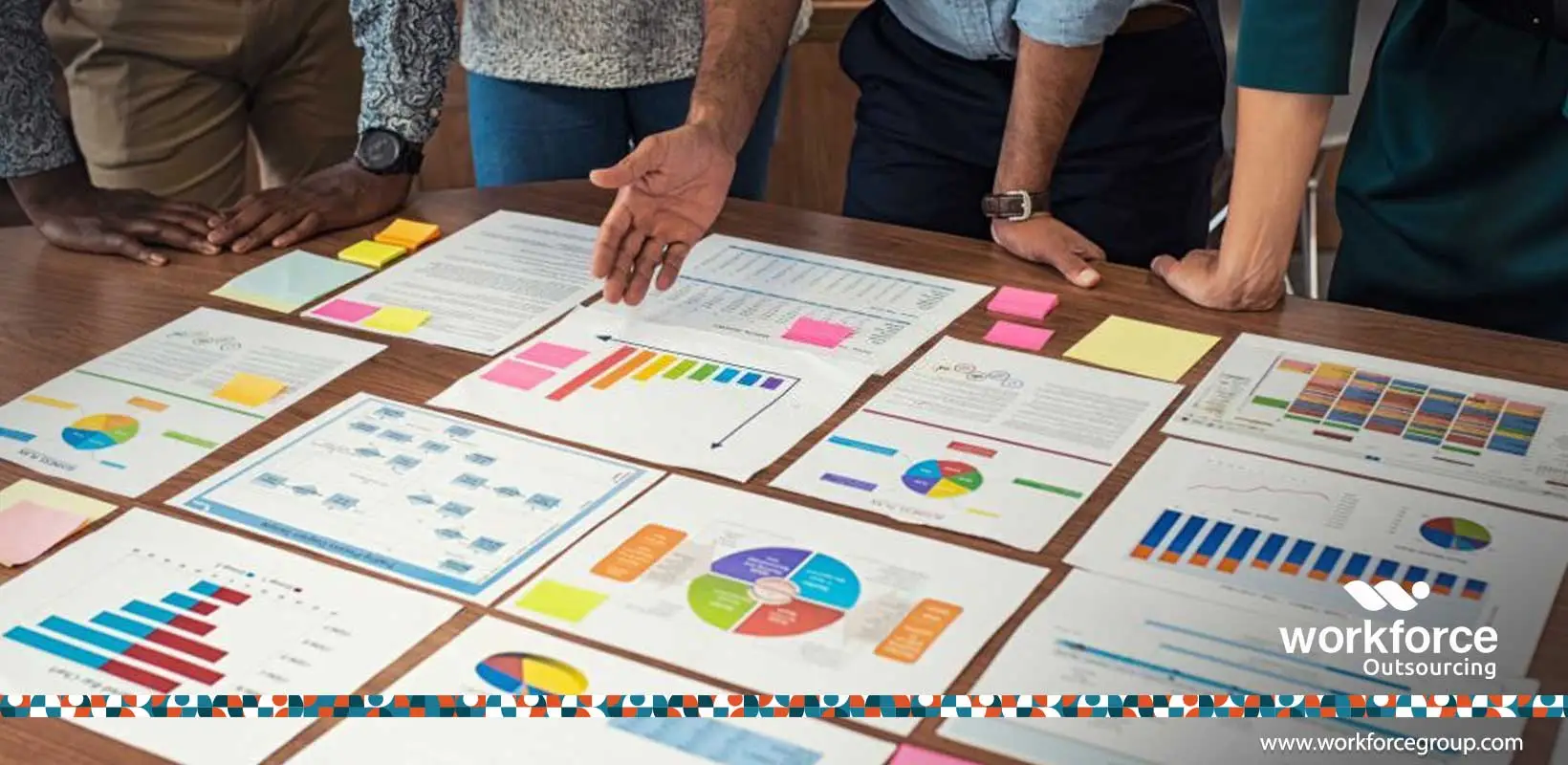It’s a fact that all jobs are not equally essential to the survival of a business. For example, research by Bain and others have indicated that fewer than 5% of an organisation’s roles account for more than 95% of its ability to execute its strategy and deliver results.
Accordingly, the question that every business leader must answer is which 5% applies in my organisation? And what is being done to ensure that the talent pipeline is healthy with talents to fill these roles today and tomorrow?
The business world is complex, and only the proactively strategic will thrive in it. Companies that thrive in today’s complex business environment are constantly rethinking which skills will be most important to enable them to navigate the murky waters of the future.
As a result, these companies proactively develop these skills in their workforce and actively recruit them. In all, the discipline that caters for this crucial task of developing and recruiting future talent is termed Strategic Workforce Planning (SWP).
What is Strategic Workforce Planning (SWP)?
Strategic workforce planning enables businesses to map out what is required in terms of talent to deliver the business strategy and achieve the company’s long-term goals.
A good workforce plan looks at what’s required from the workforce perspective to build and sustain a competitive advantage for the organisation. It focuses on the strategic capabilities a business will need to master to accomplish its goals and the moves required to deliver those capabilities.
In a nutshell, strategic workforce planning is about ensuring your organisation will have:
- The right people
- With the right skills
- At the right cost
- At the right place
- At the right time
The ‘strategic’ element of strategic workforce planning means looking significantly further ahead than the typical short-term hiring plans. For example, a good strategic workforce planning uses a three- to five-year outlook instead of just a one-year view.
Questions & Actions Arising from Strategic Workforce Planning
Accordingly, questions arising from strategic workforce planning include:
- What new work is needed to be successful in the future, and how will our current work change?
- What capabilities are needed to deliver the business strategy?
- What internal capability do we have?
- What does the external labour market look like?
- What’s the gap?
- How do we fill the gaps?
- Where are the critical risks?
- How do we evaluate the effectiveness of the plan?
Correspondingly, actions arising from strategic workforce planning will include:
- Buying in new skills or creating learning roadmaps or talent pipelines to develop them internally
- Developing transition pathways to reskill and redeploy people where demand is reducing
- Improving retention and engagement.
When these conditions are met, your workforce will be better poised to deliver on your business goals effectively for the long term.
Considering how vital an SWP is to the long-term health of an organisation, let’s explore the steps you can take to develop your workforce planning process.
5 Steps for Developing Your Strategic Workforce Planning
First, ask, what’s the long-term business strategy?
Considering that strategic workforce planning caters for the future staffing needs of an organisation, the very first step to creating your SWP is to define the organisation’s long-term goals clearly. The fastest way to develop your long-term business strategy is to ask the question: Where do we see ourselves in the next five years?
Decisions concerning the organisation’s long-term goals are not to be made trivially. Schedule time away from the daily grind to plot your company’s five-year goals.
Some insightful questions to ask your team include:
- What is our desired future state?
- As a company, what do we want to accomplish five years from now?
- What must we do to execute the strategy successfully?
- What must we stop, start or continue to do to achieve our goal?
- What must we do exceptionally well to win?
- What capabilities do we need to perform sustainably at an exceptional level?
Next, conduct a current-state analysis
After establishing where the business is going, the next stage is to evaluate what you currently have in terms of people and skills. This step is called a current-state or internal supply analysis.
When evaluating your talent supply, do it by job role rather than a person; this will help you remain objective. Then analyse the capabilities the employees in those roles have right now and compare them to what you need them to be to execute your business strategy.
Decide on which roles qualify as your 5%
What roles are most critical to your organisation’s current and future success? Deciding which positions are essential in your organisation or those most crucial to moving toward your goals mustn’t be done hastily.
Instead, together with your team, take the time to think carefully and answer the following questions:
- Which roles (present or future) will disproportionately drive the success of the business strategy?
- Which roles can we afford to understaff without risking our business unduly?
- What jobs are most crucial?
- What current or future skills will disproportionately drive the success of our business strategy?
- What capabilities will accelerate our ability to deliver on our promise?
Analyse the gaps and the risks
This stage is usually the most eye-opening. If, after analysing, you find a skills gap between what you have and what you consider that you’ll need, take time to explore the possible ways by which you can close those gaps.
Some organisations will require training their employees; for others, it will require hiring new talent to close those gaps.
It is vital to identify the external factors that may endanger your strategy at this stage. Examples of external risks include changes in the labour market, alterations in economic or political conditions, evolving industry trends or new government legislation.
To effectively weigh the implication of these external risks, get your leadership team to share their topmost concerns. Then, as a team, determine which are most relevant or potentially catastrophic to your business. After that, you may follow up with scenario planning and proactively decide how to take action.
Finally, draw up an action plan
After careful analysis of your most critical roles and skills, it’s time to start prioritising and implementing your action plans.
The burning questions to answer are:
- Which skill gaps present the greatest strategic risk to your success?
- What actions must be taken to close those skill gaps?
We recommend that you draw up specific, applicable, attainable, quantifiable, and time-bound goals to guide your efforts. Then, once the wheel of progress starts rolling, do all within your power to ensure that it continues to roll. If you fall off the wagon by any means, make the necessary adjustments and get back on track.
In Conclusion
The future is uncertain. As a result, strategic workforce planning is highly iterative in practice. However, more important is that once conversations around strategic workforce planning begin, it will change the organisational mindset.
These conversations create the right conditions for managers to think deeply and systematically about the workforce and what it takes to move the organisation forward.
If you need further clarifications or require the help of our senior and experienced consultants, please reach out to us at hello@workforcegroup.com.







